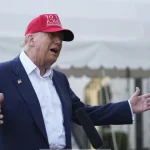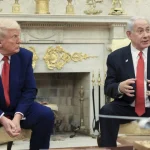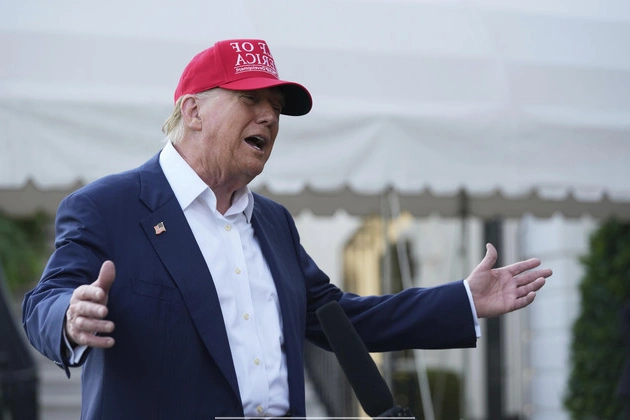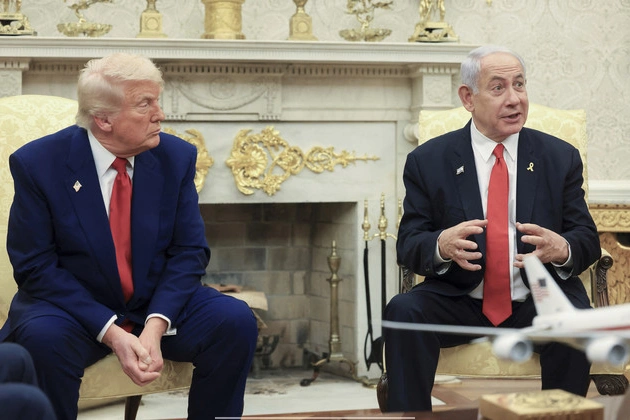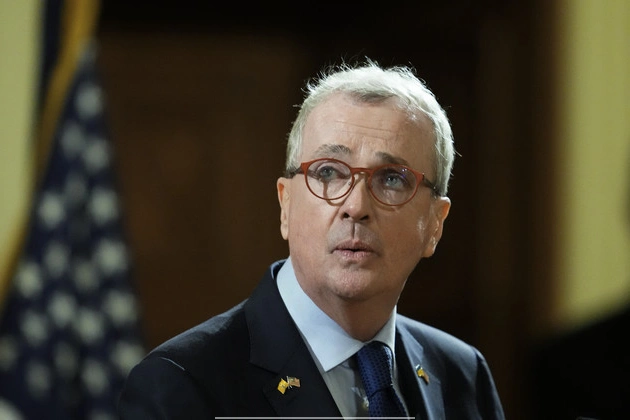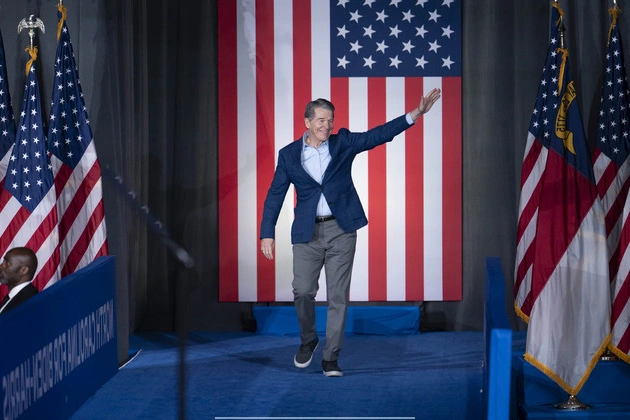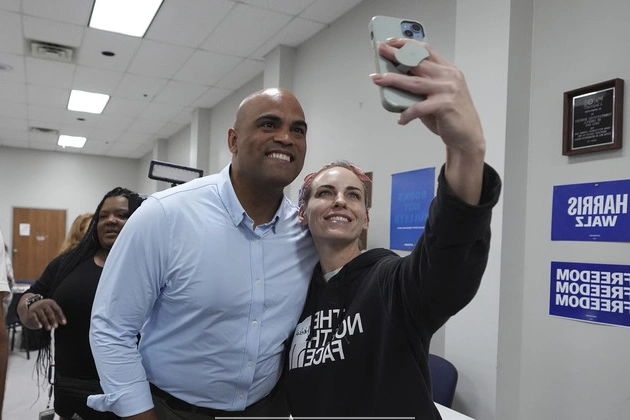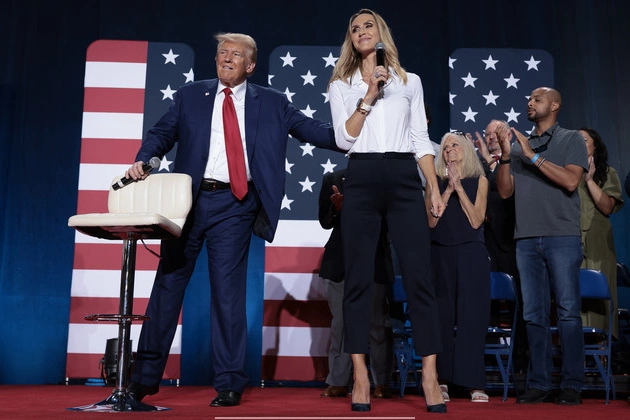
President Donald Trump’s recent trade announcement has sent shockwaves through Wall Street, sparking uncertainty and turmoil in the markets. As the dust settles, investors and analysts are left grappling with the potential implications of Trump’s global tariffs and their impact on the economy.
The Early Innings of a Trade War
According to Ron Temple, the chief market strategist for Lazard, we are just beginning to witness the effects of Trump’s trade policies. Temple warns of the looming specter of higher inflation, lower growth, and reduced corporate profits as a result of these tariffs.
The Stakes Are High
The White House is positioning the tariff announcement as a pivotal moment that will rejuvenate domestic manufacturing and boost wages. However, if Trump fails to convince stakeholders of the benefits, it could further unsettle the markets and increase the risk of an economic downturn.
Recession concerns are mounting as major banks revise their growth forecasts downward. The anticipation of retaliatory measures from trading partners adds another layer of complexity to the situation, raising questions about the long-term impact on various sectors of the economy.
Uncertainty Prevails
Despite the impending tariff announcement, there is still widespread uncertainty among administration officials regarding the extent of the measures. With conflicting reports on the scope and rates of the tariffs, businesses and consumers are left in a state of flux.
Market Volatility
The uncertainty surrounding the tariffs has already taken a toll on stock market performance, contributing to a decline in consumer confidence and economic outlook. Analysts at Goldman Sachs have even raised the likelihood of a future economic downturn, citing weak surveys and a cautious growth environment.
Amidst the market turbulence, Oren Cass of American Compass emphasizes the need for clarity and consistency in tariff policies to prevent unnecessary economic disruptions. The lack of a clear long-term strategy could deter companies from making crucial investments in domestic production.
Looking Ahead
As the tariff saga unfolds, the White House remains resolute in its commitment to pursuing these policies despite the immediate financial repercussions. While some anticipate a resurgence in manufacturing, others fear the broader economic and political fallout that may ensue.
With concerns mounting both on Wall Street and in political circles, the future implications of Trump’s trade announcement remain uncertain. As stakeholders brace for potential impacts, the need for clarity and foresight in tariff policy becomes increasingly evident.
